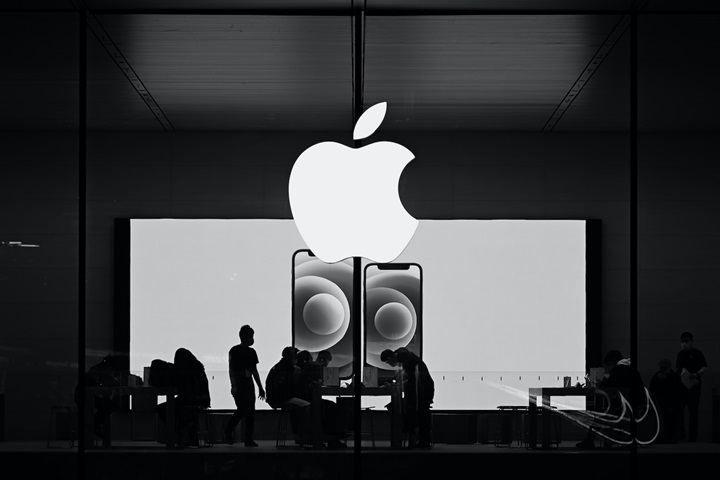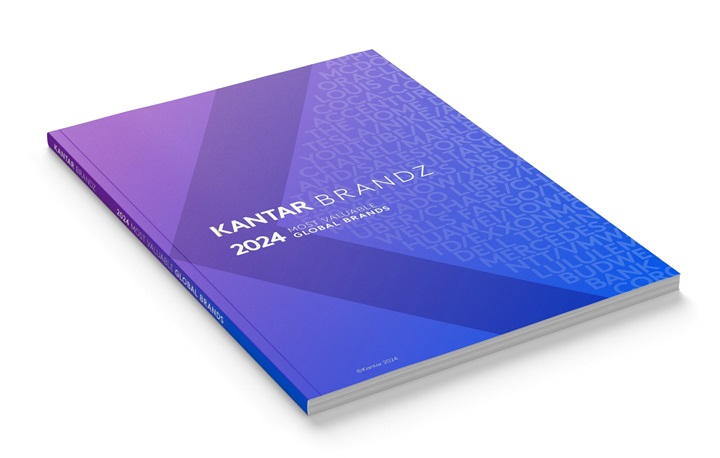When it comes to brand strength, most media and entertainment brands have a responsibility beyond their own brand equity: how they reflect on their advertiser clients. But what does this mean in practice?
How well ads perform on a media platform depends on many factors, including how well the campaign itself is executed, as well as how well the advertiser’s brand personality fits their media partner’s brand personality. But success also depends on how receptive consumers are to seeing advertising on their favoured platforms in the first place – a variable that we call a media brand’s ‘ad equity’.
Research conducted using Kantar’s Context Lab solution shows that campaigns are seven times more impactful when ads are viewed in a context where consumers feel receptive to advertising. This means that gauging consumers’ openness to advertising across various platforms should be a fundamental step to consider in media planning.
According to Kantar’s Media Reactions 2022 study, 63% of marketers say consumer preference influences their media budget decisions. This is more than any other factor. And yet, in practice, the process of evaluating media brands has become complicated by a steady stream of new media entrants into an already fragmented advertising space. How, then, should media brands make the best of their advertising proposition?
It starts with knowing the facts on the ground. Media Reactions 2022 showed, for instance, that tech brand Amazon had the highest ad equity among media brands globally. Amazon is also the media brand whose ads are the most preferred by consumers in four markets: Germany, Italy, Egypt, and Colombia. Amazon has a strong brand equity in 16 out of the 19 markets it was measured in.
Why is Amazon so successful, not only as an ecommerce and streaming brand, but also as an advertising platform? Amazon’s advertising is seen as the most relevant and useful globally. Amazon has also increased the perception of trustworthiness of ads on its platform, having addressed concerns around excessive and unhelpful ‘targeting’ compared to previous years.
Of course, there is no one recipe for ad equity success. While the fourth-ranked player in ad equity, Google, follows a similar profile to Amazon, there are many other ways for a media brand to be a strong publisher partner for other brands. The rest of the top five prove that. TikTok was number two in ad equity in 2022 among consumers after having been the leader in the previous two years; compared to its competitors, TikTok ads are seen as the most fun and entertaining ads globally. At number five, Snapchat ads are seen as fun as well – but a further standout area for them is that they are the leader in ad equity among Gen X audiences. Third-ranked Spotify, meanwhile, is one of the least controversial brands when it comes to advertising, with very few negative perceptions.

While digital-born brands have great scale globally, they are not all there is to the advertising landscape. TV, print, and radio brands are still going strong in local markets. Big markets such as Brazil, China, and Mexico have TV brands as their ad equity leaders: TNT, CCTV, and A&E Networks, respectively. Print brand Wall Street Journal is the strongest ad platform in the world’s biggest media market, the US. Radio brands lead in markets like Greece and New Zealand, while a radio aggregator website, Radiko, is the leader in Japan. The advertising space is fragmented and hard to navigate. Advertisers are spoiled for choices.
Layering in effectiveness
Media brands need to know their strengths and weaknesses when it comes to how people perceive the ads on their platforms. But of course, that is not all there is to a strong media partner. Advertisers also consider whether platforms are good at delivering brand impact, and how cost-effective they are at doing it.
According to Kantar’s CrossMedia database, TV as a channel continues to be the by-far biggest brand impact driver. But TV’s contributions have been declining over time, and we’re seeing increasing brand impact contributions from ad platforms like YouTube, Facebook, Instagram. There is likely a role for many media and entertainment brands to integrate themselves into the media mix. Indeed, while TV can provide strong impact for big advertiser partners, it also often requires a heavier spend. Social media or video streaming brands can be the cost-effective option, and often over-deliver related to spend put into them.
The advertising proposition
A brand’s ad equity will be influenced by their brand personality and the actual content housed by them, but the advertising proposition is a separate stream that needs to be considered as its own thing. It will, in turn, influence the user experience of the products themselves.
Consider this scenario: a popular media and entertainment brand might attract millions of consumers globally, thanks to novel content - which will in turn bring marketers and media investment to their platform. The temptation, then, would be to increase the number of ads on the platform, to supercharge revenue. But if ad load goes too high, that could sour the user experience – which could then harm ad equity and brand equity in consumers’ minds, ultimately chasing away marketers from a platform, too.
Of course, this is an extreme example; each media brand has their own lifecycle, and the business journey will differ. Getting brand and ad equity right is a journey of constant adjustment and re-evaluation, aided by relevant data and a strong sense of what a media brand stands for in the advertising space.

Read more about the success of the world’s leading media and entertainment brands in the Kantar BrandZ Most Valuable Global Brands 2023 report at Kantar BrandZ Most Valuable Global Brands 2023 report.
For an overarching view of a brand’s performance, Kantar has launched a new, free interactive tool using BrandZ’s wealth of data. BrandSnapshot powered by BrandZ delivers intelligence on 10,000 brands in more than 40 markets, offering a quick read on a brand’s performance in a category.





